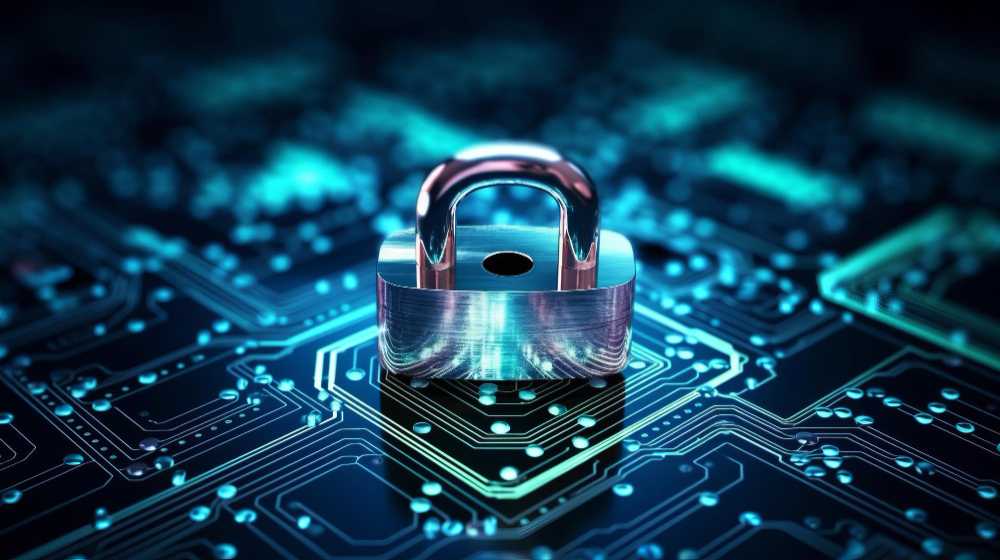The biometric industry and electronic security sector in India have seen significant evolution in recent years and go hand in hand in terms of integrated security solutions, driven by technological advancements and increasing security needs. This article delves into the current state of these dynamic segments, exploring its progress, the impact of emerging technologies, and the crucial role of government regulations.
Fueled by the government’s push for digital identity verification and the rising need for secure authentication methods, the biometric industry in India has experienced a phenomenal growth. The introduction of the Aadhaar program, the world’s largest biometric identification system, has been a major catalyst for this revolution, particularly in its early days in India.

The biometric industry and electronic security sector in India have seen significant evolution in recent years and go hand in hand in terms of integrated security solutions, driven by technological advancements and increasing security needs. This article delves into the current state of these dynamic segments, exploring its progress, the impact of emerging technologies, and the crucial role of government regulations.
Fueled by the government’s push for digital identity verification and the rising need for secure authentication methods, the biometric industry in India has experienced a phenomenal growth. The introduction of the Aadhaar program, the world’s largest biometric identification system, has been a major catalyst for this revolution, particularly in its early days in India.
Biometric Industry and Electronic Security Sector Market Size and Growth from 2021 to 2023

Key Players and Technologies
The Indian biometric landscape is populated by several key players, notably HID, IDEMIA, ZKTeco, NEC Corporation, Suprema, etc., are some of the prominent solution providers in the Indian market. These companies offer a range of advanced biometric solutions and smart security systems fueling the industry with cutting edge technologies and innovations.
The rise of the Internet of Things (IoT) is further propelling innovation. IoT devices are transforming electronic security by enabling seamless connectivity and integration of various security systems. IoT sensors and devices collect and transmit data in real-time, providing comprehensive situational awareness and enabling prompt response to security incidents. In the biometric industry, IoT facilitates the integration of biometric sensors with other security systems, creating robust multi-factor authentication solutions.
Emerging technologies are playing a pivotal role in shaping the future of biometrics and electronic Security:
Artificial Intelligence (AI): AI is revolutionizing the biometric and security sectors by enabling intelligent analysis and decision-making. In biometrics, AI algorithms improve the accuracy and speed of recognition systems, making them more reliable. In electronic security, AI-driven analytics enhance the capabilities of surveillance systems, enabling real-time threat detection and predictive maintenance.
Machine Learning (ML): ML allows for continuous learning and adaptation of biometric systems, making them more robust against spoofing attempts.
Data Analytics: As an application of AI, Advanced data analytics can identify security anomalies and patterns, enabling proactive security measures.
Cloud Computing:
Cloud-based solutions are gaining traction in both industries, offering scalable and cost-effective alternatives to traditional on-premises systems. In the biometric industry, cloud computing enables centralized storage and processing of biometric data, enhancing accessibility and reducing infrastructure costs. In physical or electronic security, cloud-based surveillance and access control systems offer remote monitoring and management capabilities. These advancements contribute to a more secure and efficient security infrastructure.
The Indian government’s Smart Cities Mission has further propelled the adoption of advanced electronic security solutions. Smart cities are integrating IoT and AI technologies to create interconnected and secure urban environments alongside mega infrastructure projects such as expansion of metro rail networks and modernization of airports, etc.
The Role of Government Regulations
The Indian government plays a critical role in promoting and ensuring safety standards through regulations. Key aspects include:
Data Protection: The recently implemented Digital Personal Data Protection Act (DPDPA) dictates how biometric data is collected, stored, and used, ensuring individual privacy. India enacted the DPDPA in August 2023. This law aims to balance the right to privacy with the need for data processing in the digital age.
Key Features of the DPDPA
Individual Rights: The Act empowers individuals with control over their personal data. They can access, rectify, or erase their data held by organizations (data fiduciaries).
Data Fiduciary Duties: Organizations collecting personal data must obtain clear and verifiable consent, ensure data security, and delete it when no longer needed.
Data Protection Board: The Act establishes a dedicated board to oversee compliance and address grievances.
Focus on Transparency: The Act mandates clear communication on data collection practices and purposes.
The Act came into effect on September 1, 2023, and it applies to all organizations that process personal data of individuals in India. The DPDPA is expected to significantly impact how companies handle personal data in India. It brings India closer to international data privacy standards and strengthens individual rights in the digital world. While the Act was enacted in 2023, an official notification is awaited for its implementation. This means the exact enforcement date is yet to be determined. The DPDPA is a positive step towards data privacy in India. As businesses adapt to the new regulations, individuals will have greater control over their digital footprint.
Standardization: Government initiatives promote standardization of biometric technology and data formats for interoperability and security.
Cybersecurity: Regulations emphasize robust cybersecurity measures to protect biometric data from cyberattacks and breaches.
Looking Ahead: A Secure and Connected Future
The Indian Biometric industry and Electronic Security Sector are poised for continued growth. By leveraging advancements in AI, IoT, and other technologies, while adhering to robust government regulations, India can create a secure and technologically advanced security landscape. This will benefit various sectors, from government institutions and critical infrastructure to businesses and individual citizens. As the industry evolves, striking a balance between security, convenience, and data privacy will be paramount.